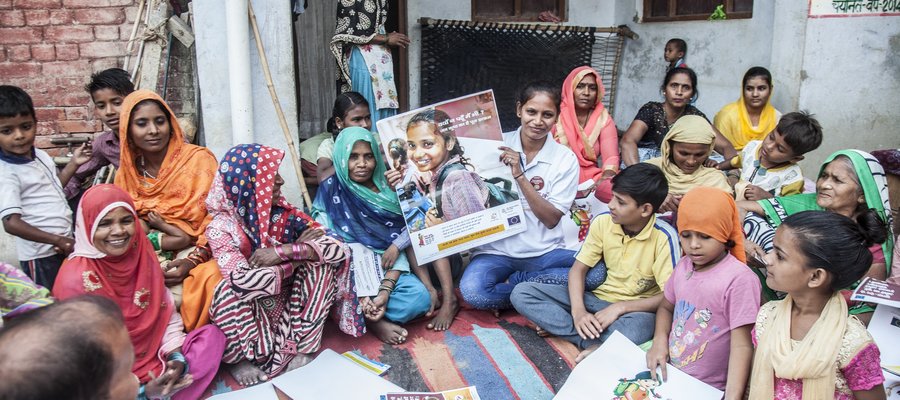How can you prevent leprosy?
How can you prevent leprosy?

Preventing leprosy at a household level
Some diseases are highly infectious and require people to quarantine even within their own homes, as we saw with Covid-19. Leprosy is not one of those diseases.
If you know that someone in your home has been diagnosed with leprosy, this means they should have started treatment. Leprosy is treated with three antibiotics known as Multi Drug Therapy and once a person has started treatment, they are no longer infectious and cannot spread the disease.
Checking for signs and symptoms at the household level
There is less than a 2 percent chance that a person who has been recently diagnosed with leprosy has passed the disease on to other people in their household.
If this happens, there is no need for fear. If leprosy is treated quickly with Multi Drug Therapy, you can avoid long term complications. If you have been diagnosed with leprosy, make sure you check people in your household for signs and symptoms of the disease.
It can take many years for the first symptoms to appear, so it is important to check every six months.
Preventing leprosy at a public health level
Governments and leprosy NGOs such as The Leprosy Mission are working in partnership in communities across the world to distribute an antibiotic that can prevent leprosy.
This antibiotic (Rifampicin) is being shared with people who are at most risk of developing the disease. This approach is known as a post exposure prophylaxis (or PEP for short). If you are offered PEP, it is important that you take it as the healthcare professional has explained.